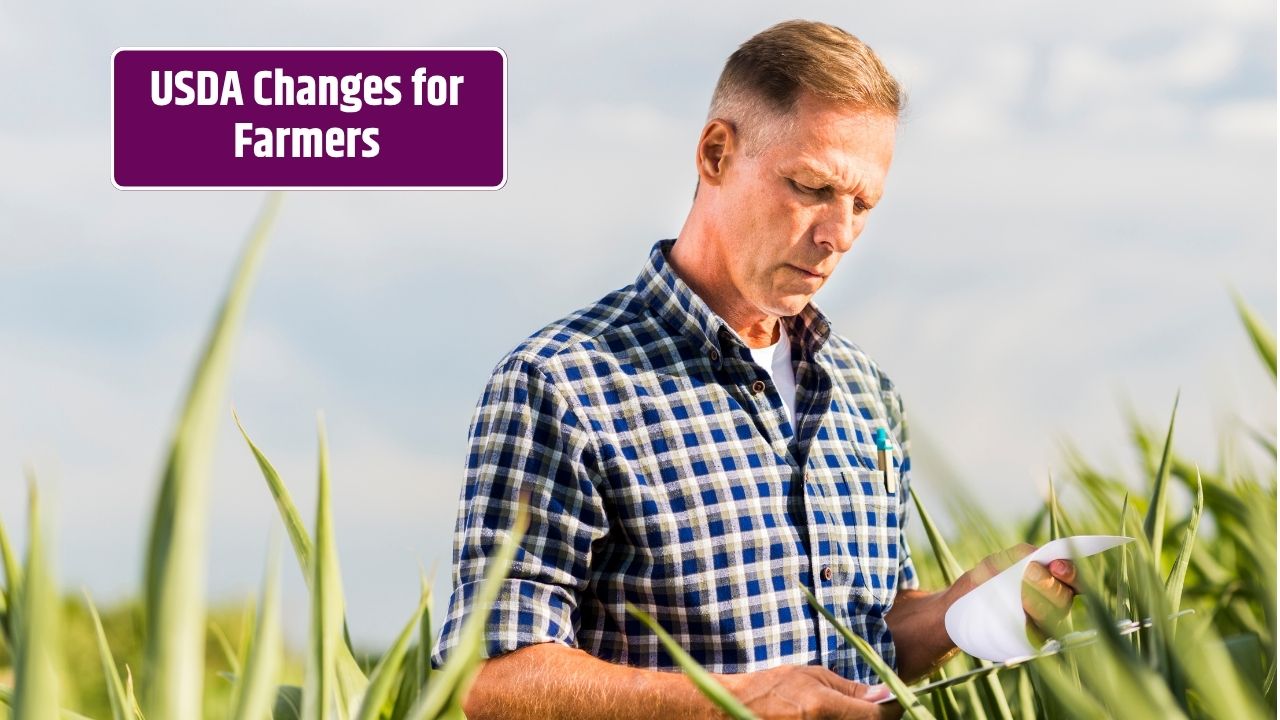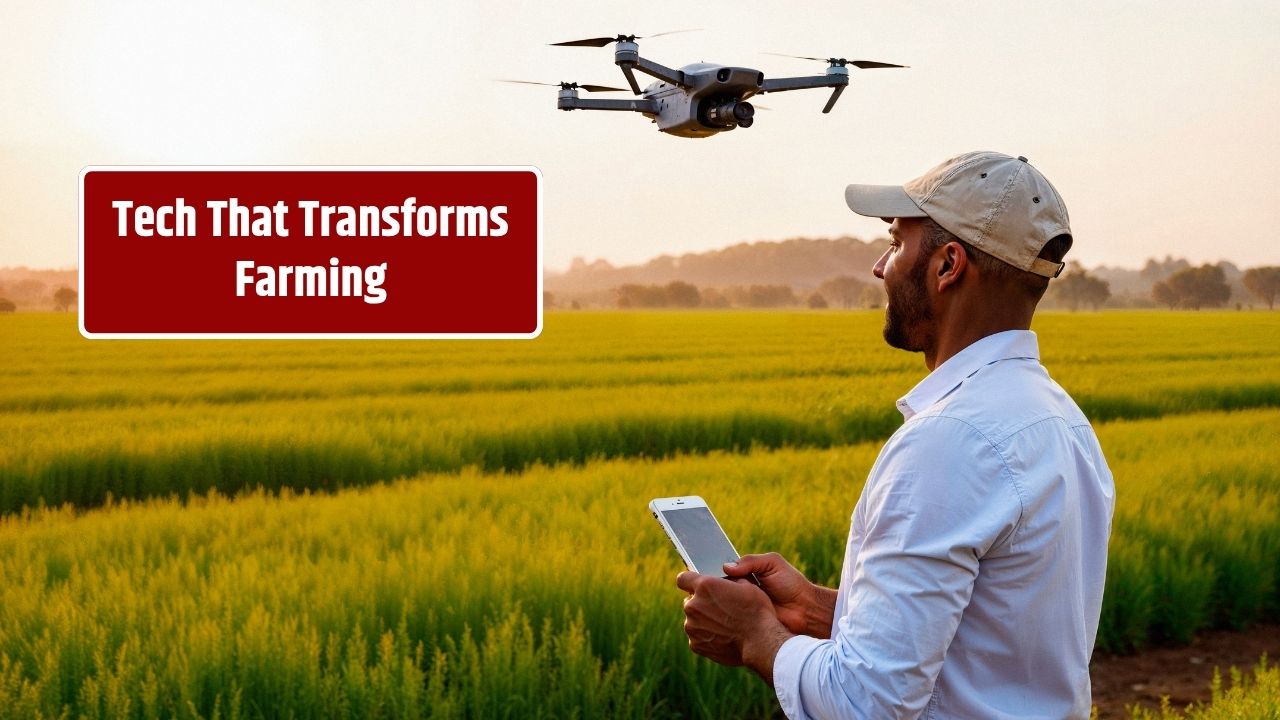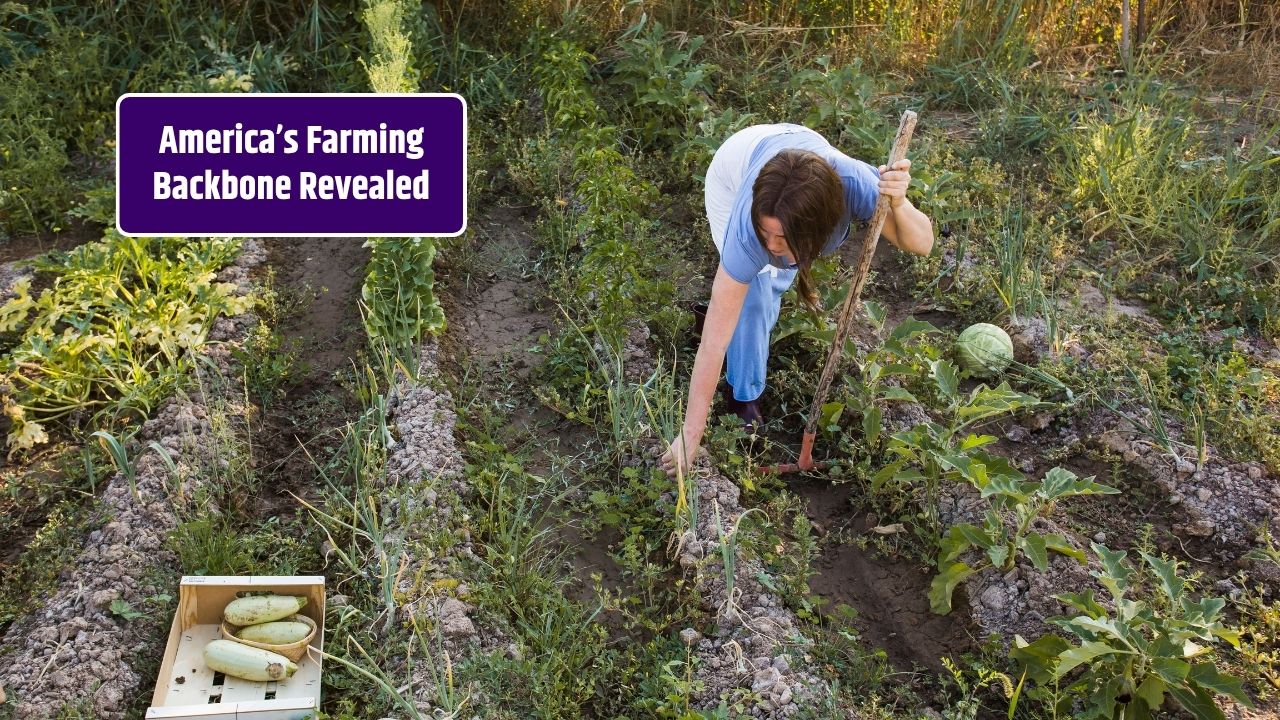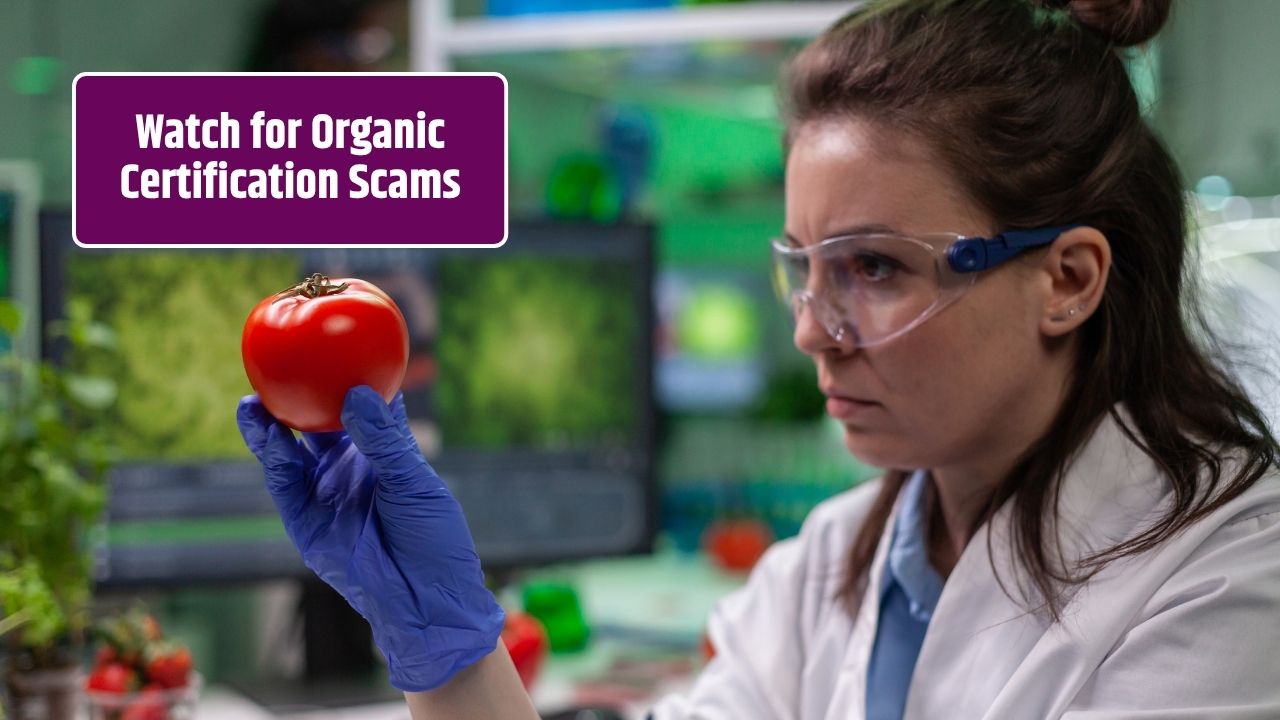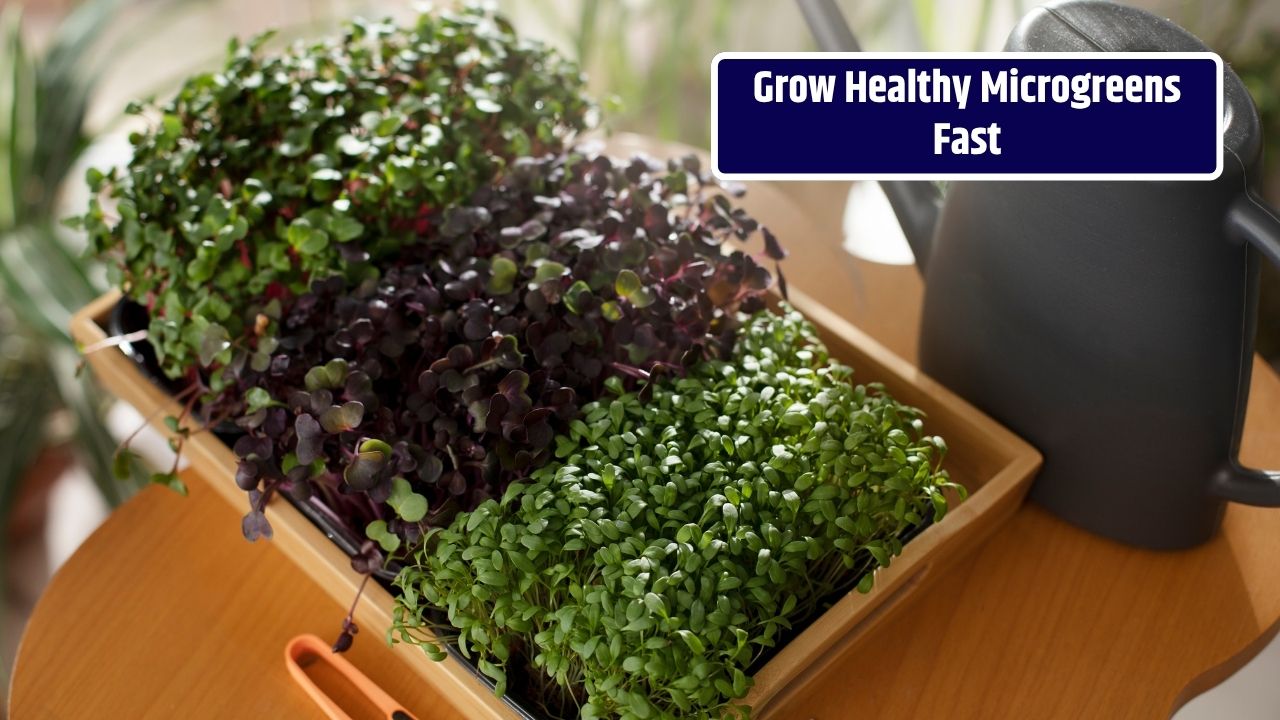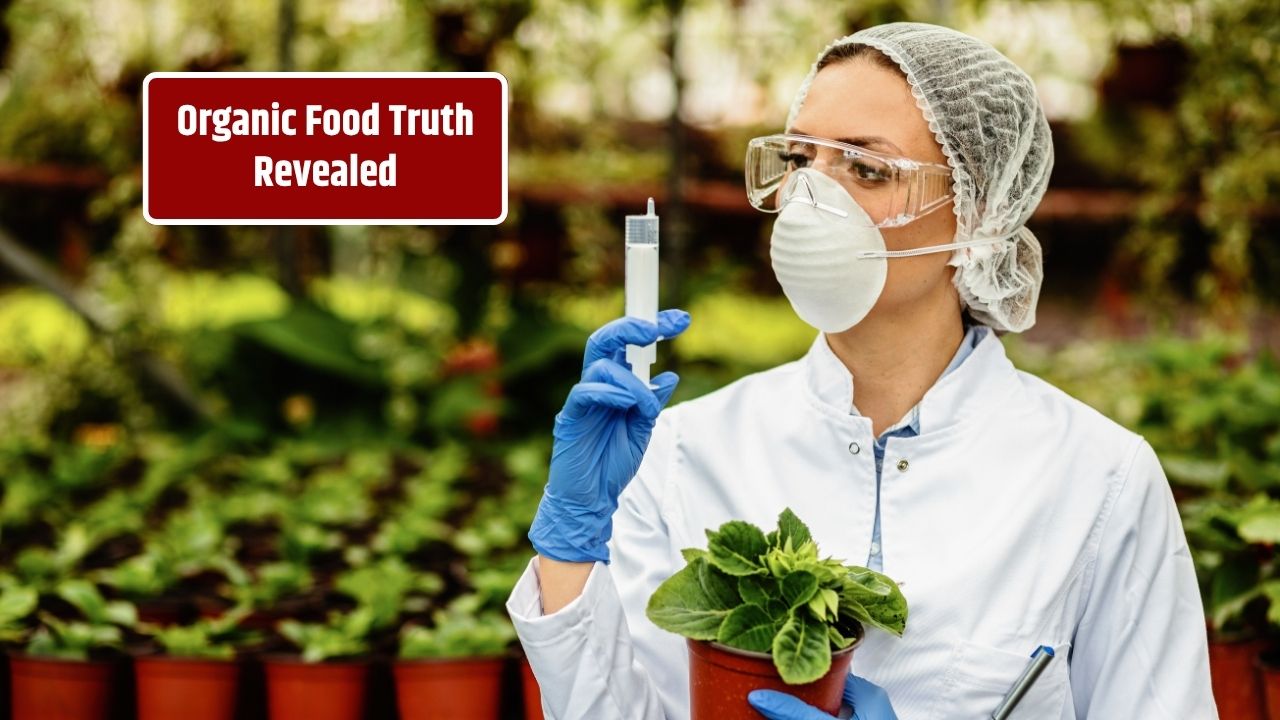The U.S. Department of Agriculture (USDA) rolled out several important policy changes in 2025 that directly impact small and mid-sized farmers across the country. These updates reflect the government’s increasing focus on sustainability, rural innovation, and equitable access to resources.
Whether you’re running a diversified organic farm or managing a small livestock operation, understanding these changes is critical to staying compliant—and competitive.
Table of Contents
Key USDA Policy Changes in 2025
From financial support to climate initiatives, here are the most significant updates:
| Policy Area | 2025 Update |
|---|---|
| Conservation Programs | Expanded EQIP and CSP funding, with simplified application process |
| Organic Certification | Increased cost-share reimbursement and faster approval timelines |
| Farm Loans | Higher microloan limits and flexible repayment terms |
| Climate-Smart Agriculture | New grants and pilot programs for carbon-smart farming practices |
| Rural Development | Broadband expansion and infrastructure investments |
| Farmers of Color Initiatives | Dedicated technical assistance and grant access |
These updates aim to level the playing field for small farmers while accelerating the shift toward environmentally responsible agriculture.
Expanded EQIP and CSP Access
The Environmental Quality Incentives Program (EQIP) and Conservation Stewardship Program (CSP) are now more accessible than ever. The USDA has streamlined the application process, increased funding caps for small operations, and prioritized first-time and underserved applicants.
Key updates include:
- 75% cost-share rates for small-scale conservation practices
- Online pre-qualification for easier access
- Carbon sequestration projects now eligible for CSP bonuses
If you’ve been hesitant to apply in the past due to complexity, 2025 is the year to revisit these programs.
Better Support for Organic Farmers
The National Organic Certification Cost Share Program (NOCCSP) saw major improvements:
- Reimbursement rates increased to up to 75% of certification costs
- Maximum annual reimbursement raised to $1,500 per certification scope
- Faster processing times and online submission tools
This gives smaller organic farms better financial breathing room and incentive to stay compliant with organic standards.
Microloan Expansion and Flexibility
To boost access to capital, the USDA raised the ceiling on microloans from $50,000 to $75,000, and introduced flexible repayment schedules tailored to seasonal operations.
Changes also include:
- Reduced paperwork for beginning and underserved farmers
- Integration with climate-smart or regenerative projects
- Option for interest-free deferred payments for up to 12 months
This helps small farms finance everything from equipment to seed purchases without the heavy burden of traditional loans.
Focus on Climate-Smart Agriculture
The USDA’s Climate-Smart Agriculture and Forestry (CSAF) initiative now includes specific funding tracks for small farms that adopt:
- No-till practices
- Cover cropping
- Manure management
- Agroforestry or silvopasture
- Carbon monitoring tools
Small farms can apply for $5,000–$50,000 grants under new pilot programs launched in early 2025. Participation also opens the door to carbon credit markets.
Infrastructure and Broadband Access
The ReConnect Program expanded further in 2025, bringing more high-speed internet to rural communities. Priority is given to areas with fewer than 5,000 residents and to farms applying for precision ag technology grants.
Improvements include:
- Affordable broadband plans for rural users
- Incentives for tech adoption (e.g., smart irrigation, IoT tools)
- Grants of up to $25,000 per farm for qualifying infrastructure upgrades
Access to internet is becoming just as essential as access to water or power.
Equity-Focused Initiatives
The USDA is investing in technical assistance, outreach, and financial aid for socially disadvantaged farmers, including farmers of color, veterans, and women.
Notable changes:
- Dedicated staff for regional outreach and onboarding
- Easier group application processes through cooperatives
- Priority scoring on select grants and loan programs
These changes aim to make sure every small farmer—regardless of background—has a fair shot at USDA support.
What Small Farmers Should Do Now
To take advantage of these 2025 policy changes:
- Check your eligibility for EQIP, CSP, and microloan updates via USDA’s Farmers.gov portal.
- Schedule a consultation with your local USDA office or cooperative extension.
- Apply early for climate-smart and infrastructure grants—they’re competitive and limited.
- Explore group opportunities through co-ops to increase access and reduce paperwork.
FAQs
Are these policy changes only for organic farms?
No. While organic farmers benefit, most changes apply to all small and mid-sized farms, regardless of farming method.
How can I apply for the new USDA grants?
Visit Farmers.gov, use your login credentials, and search for updated application links. Local USDA offices can also help.
Do I need a business plan to qualify for microloans?
While not always required, a basic business plan improves your chances and helps match you with the right loan type.

